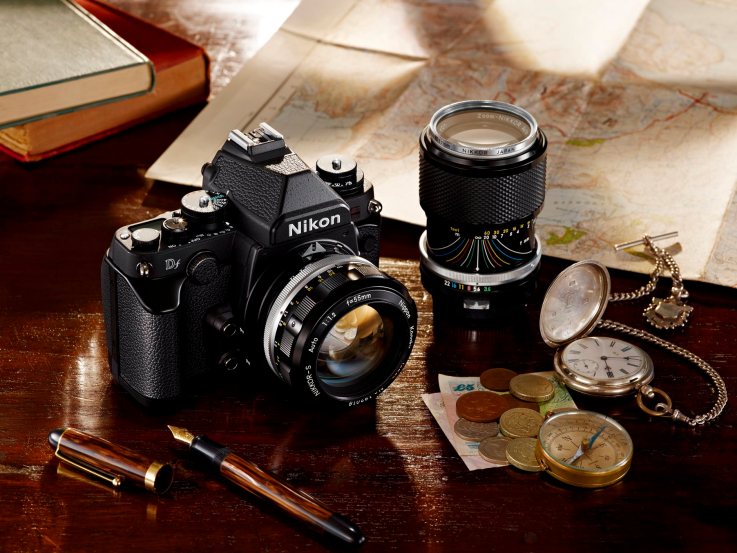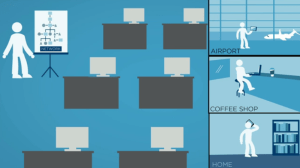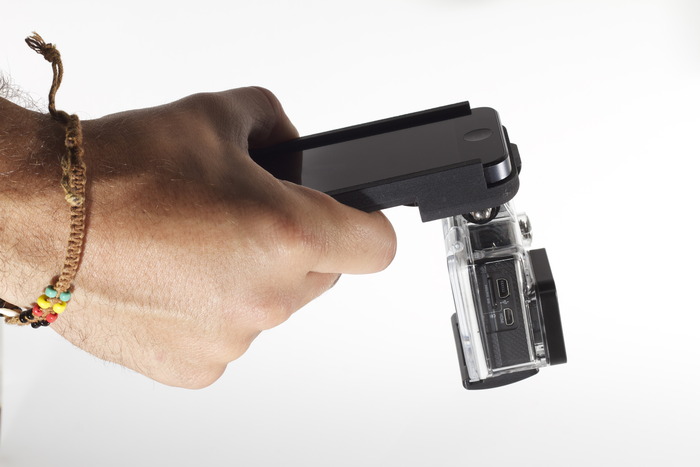Source: TechCrunch
Nikon has introduced a new full-frame camera, and it’s no slouch on paper; with a 39-point AF system, with nine cross-type sensors, burst mode of 5.5 frames per second, a 16.2 megapixel FX0format CMOS sensor and EXPEED 3 image processing, the Nikon Df will keep up with the big boys in terms of image quality. But its most noteworthy feature, and the one Nikon is playing up, is its retro good looks that call to mind Nikon’s classic “F” series 35mm film cameras.
Nikon’s new DSLR is its smallest and lightest with a full-frame sensor, which is a similar refrain to what we’ve been hearing from camera makers lately. Sony only just recently introduced its own full-frame smallish cameras, the A7 and A7R. Where those were mirrorless cameras, this is a true DSLR, however, which explains why it’s a slightly bigger and bulkier affair.
The body-only version of the Df comes in at just shy of $2,800, which is a pretty penny to spend on a camera, but it’s also quite close to the sticker price of the higher-end Sony A7R. Retro cameras in general seem to be commanding a premium, with Fujifilm seeking $1,300 for its fixed-lens X100s, for instance. All of these share a similar rangefinder-style design with ample manual controls on the face.
Nikon’s camera seems to aim for high-end pros more than the others, calling out to old-school photogs with its pyramid viewfinder hump and dedicated dials for just about everything, including ISO, exposure compensation, shutter speed, release mode and exposure mode. It has a threaded shutter release button for use with soft shutter releases and shutter release cables, too, and it works with Nikon’s existing speedlights, FX and DX lenses. It’s shipping with a new AF-S Nikkor 50 mm f/1.8G lens, which should appeal to photographers looking for a classic rangefinder experience in both body and optics.
Camera makers know that the smartphone is eating away at their market share in the general consumer category – the heyday of the pocket camera is gone. The Nikon Df is a prime example of what happens when dedicated camera manufacturers look to their past to find out what they might be able to offer camera buyers that is both special and unique. That also happens to be something they appear willing to pay a premium for.
Standalone cameras won’t die, but they’ll become the province of hobbyists, enthusiasts and specialists, and it’s actually very impressive to see manufacturers like Nikon dip back into their roots to capitalize on that trend, rather than simply ridding the consumer market to extinction.

 Using VMware’s Horizon Chromebook-optimized DaaS, Google says, enables “customers to centralize other desktop environments and manage these as a cloud service.” Right now, this service is only available as a fully managed, subscription-based offering by VMWare and its partners, both in the cloud and within hybrid deployments.
Using VMware’s Horizon Chromebook-optimized DaaS, Google says, enables “customers to centralize other desktop environments and manage these as a cloud service.” Right now, this service is only available as a fully managed, subscription-based offering by VMWare and its partners, both in the cloud and within hybrid deployments.
